The Yorkshire warehouse where thousands of years of history are stored
This article contains affiliate links. We may earn a small commission on items purchased through this article, but that does not affect our editorial judgement.
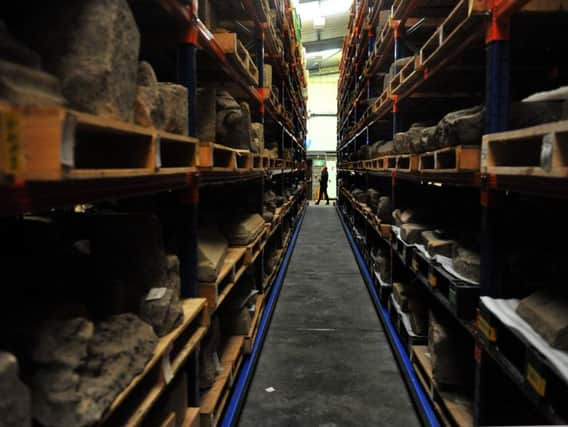

The English Heritage Archaeology Store is home to artifacts discovered at the organisation's sites across the north of England, from Lincolnshire right up to the Scottish Borders.
Two large warehouses built in the 1990s on the edge of the Georgian market town - hidden away from the nearby tourist honeypots - contain items that date from prehistoric times to the Cold War.
Advertisement
Hide AdAdvertisement
Hide Ad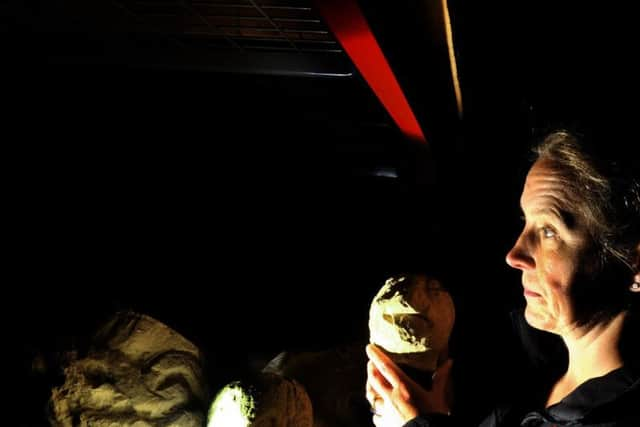

Roman mosaics are stored alongside brickwork from medieval abbeys and cannonballs retrieved from castles - 120 English Heritage-managed historic sites in total have collections kept here, including Whitby Abbey, Helmsley Castle, Fountains Abbey and the Cold War bunker in York.
They are held on a 'reserve and research' basis - some are unsuitable for museum display, others are still being studied, and some are just odds and ends, like the 1950s signs displaying entry prices in shillings and pence.
Although it's not normally open to the public, English Heritage have recently begun offering tours of the site, and curator Susan Harrison has been delighted with visitors' response to this Aladdin's Cave of history.
Advertisement
Hide AdAdvertisement
Hide Ad"We have around 20 people on each tour, the talk lasts for an hour and we get a mix of locals and people holidaying in the area. It's about the store itself and the scope of the objects - we invite people to ask questions and it's a real adventure through the collections, and an opportunity to see things that ordinarily they wouldn't be able to view."
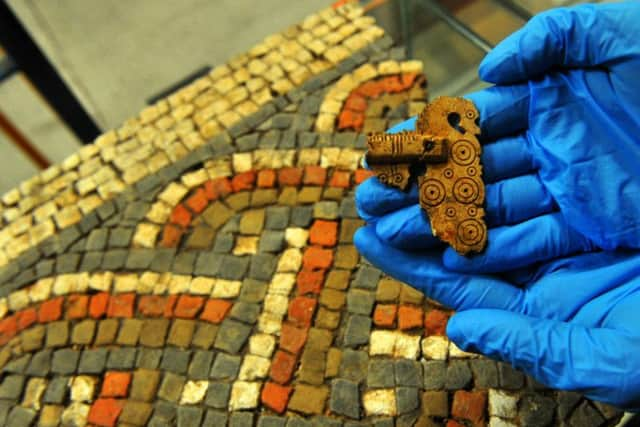

The oldest relics on the shelves are prehistoric flint tools found underneath Scarborough Castle, and the items range in size from huge medieval grave covers and stone effigies to tiny hairpins and gaming pieces uncovered at Beadlam Roman Villa, near Helmsley.
They are arranged according to the place they came from - Rievaulx Abbey has the largest collection, with 'swathes' of shelf space devoted to around 10,000 items.
Susan has also picked out a number of particularly interesting artifacts to display to tour groups, including a 16th-century indenture contract between the abbot of Byland Abbey and one of his tenants, the incredibly detailed effigy of a knight taken from Fountains Abbey, and a comb made from animal bone that was worn by a fourth-century Roman woman who lived at Beadlam, just a few miles from the warehouse. The cloisters of Monk Bretton Priory, near Barnsley, have been reconstructed like a giant jigsaw puzzle.
Advertisement
Hide AdAdvertisement
Hide Ad"The displays change according to what I'm working on. There is such a fantastic range of objects here - you can get fired up about all sorts of different aspects of them. Some of them will be studied and then go on to be the subject of an exhibition or an academic journal.
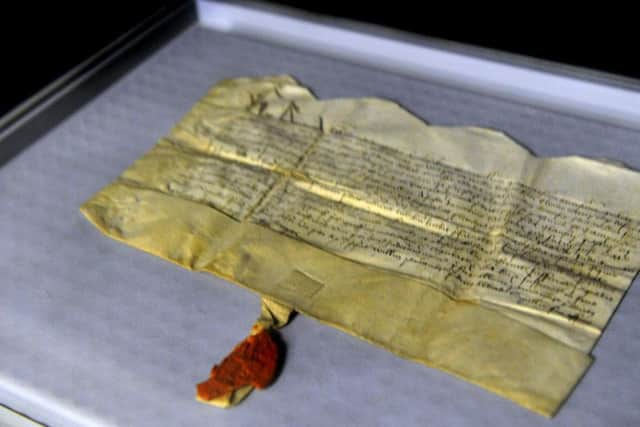

"This is very much an active repository, not a dusty old store. We are always looking to gather and disseminate stories."
Students are constantly coming and going, many of them working on doctorates based on the objects in storage. One academic is studying dog bones for a paper on the history of the domestic canine, while another is analysing traces of fat found in ceramic pots from the Saxon period to reveal more about their diet.
Advertisement
Hide AdAdvertisement
Hide Ad"It can get very busy here - there is constant care and conservation work going on. Every object has a unique ID code and is catalogued on our database. There is always scope to research a piece in more detail, and we are always reviewing our collections - we have just revamped the museum at Richmond Castle with new interpretations for visitors.
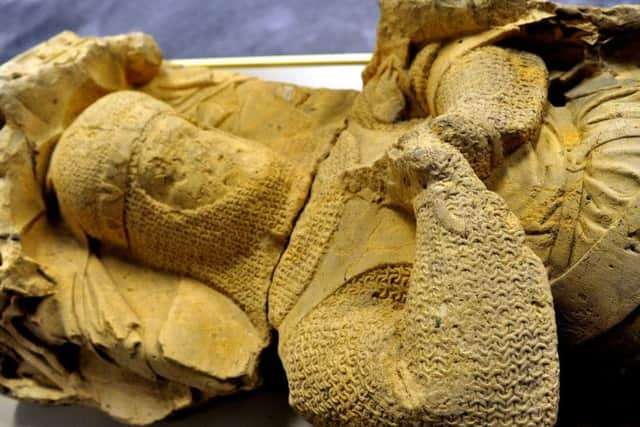

"People often think we know everything about each of the English Heritage sites, but we don't!"
Some of the treasures are immediately exciting - the unfired cannon shot from Penrith Castle, and 200 pallets full of stonework from the Roman forts near Hadrian's Wall. Others are less glamorous but nevertheless vital to research, such as the boxes of daub - a kind of wall paste - taken from the ruins of the earlier Saxon buildings on the site of Whitby Abbey, which can be carbon dated.
Advertisement
Hide AdAdvertisement
Hide AdThe 20th-century collections are no less intriguing - a recent find was a cigarette packet hidden in the rafters of Helmsley Castle, signed by builders who worked on the roof in 1956. Local curators were able to trace the men's relatives via Facebook.
"Those kind of finds elicit a lot of local empathy - places like Helmsley Castle are loved by people who live nearby and these people hold the keys to more recent history."
Susan laughs as she explains how difficult it can be to choose just a few items to go on display at English Heritage's on-site museums from collections which often exceed thousands.
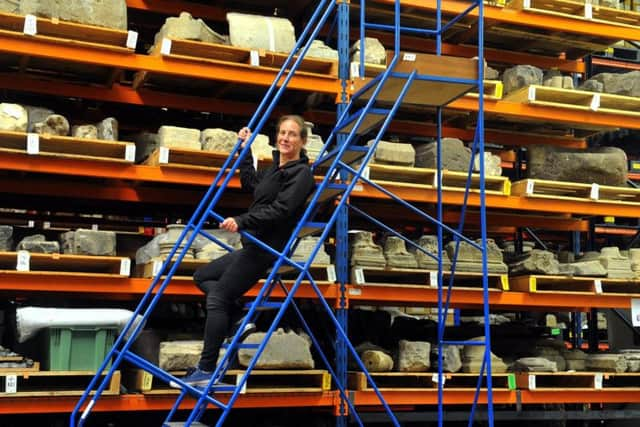

"There are 300 objects from Rievaulx Abbey on display there, out of 10,000 - the ones left are the ones that didn't make the cut!"
Advertisement
Hide AdAdvertisement
Hide AdThe next tours of the Helmsley Archaeology Store are on September 18 and October 16. Places are free but must be booked in advance at https://www.english-heritage.org.uk/visit/places/helmsley-castle/helmsley-archaeology-store/
English Heritage sites in Yorkshire
Skipsea Castle; Burton Agnes Manor House; Howden Minster; Aldborough Roman Site; Byland Abbey; Carlton Towers; Clifford's Tower; Easby Abbey; Beadlam Roman Villa; Fountains Abbey; Gisborough Priory; Helmsley Castle; Kirkham Priory; Marmion Tower; Middleham Castle; Mount Grace Priory; Pickering Castle; Piercebridge Roman Bridge; Richmond Castle; Rievaulx Abbey; St Mary's Church, Studley Royal; Scarborough Castle; Spofforth Castle; Stanwick Iron Age Fortifications; Steeton Hall Gateway; Wharram Percy: Wade's Causeway; Whitby Abbey; York Cold War Bunker; Brodsworth Hall; Conisbrough Castle; Monk Bretton Priory; Roche Abbey.